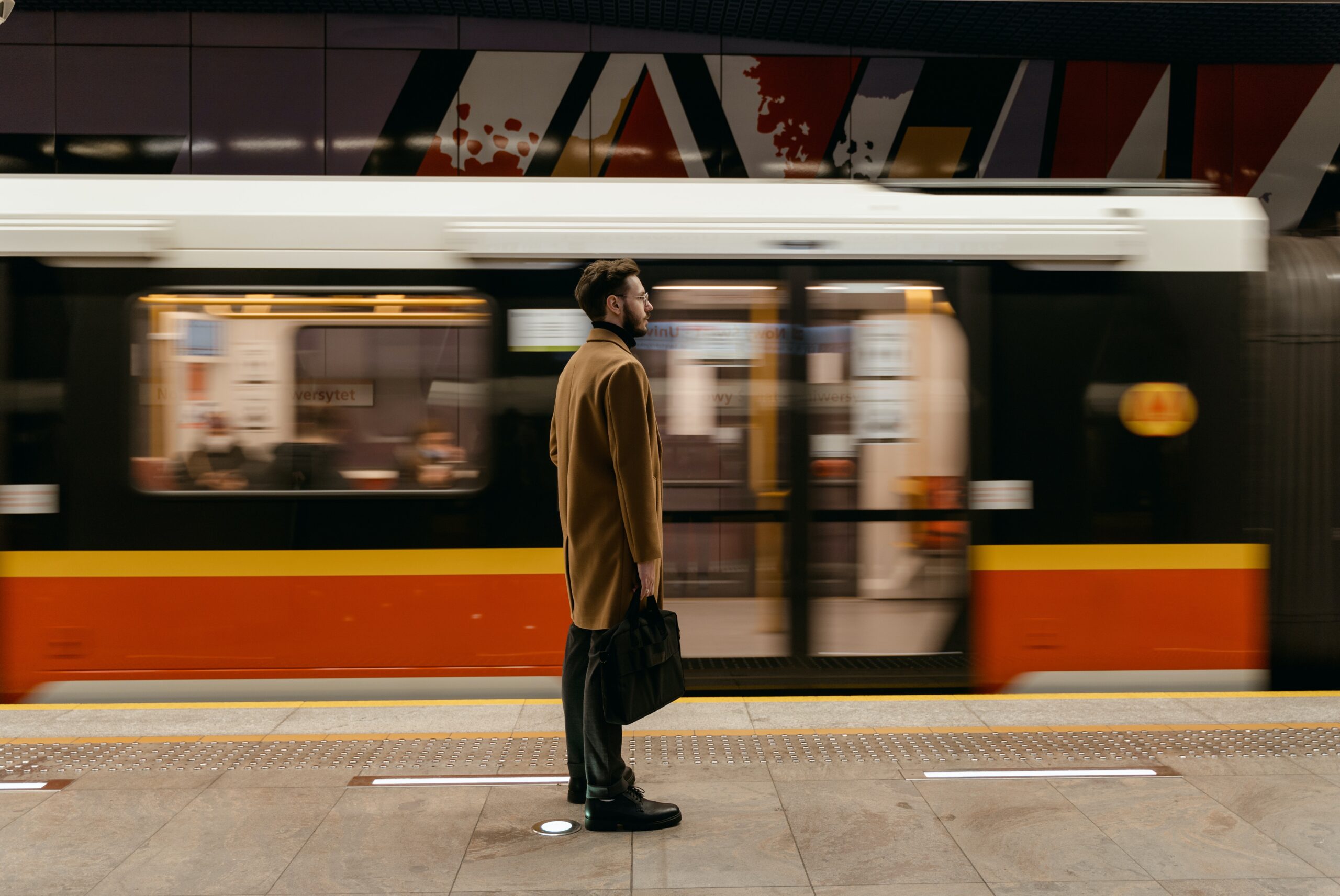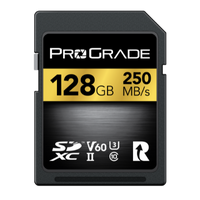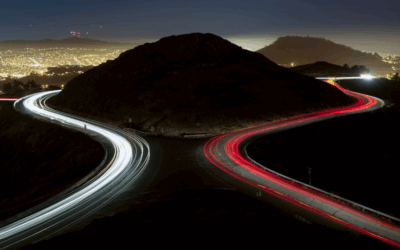It’s one thing to take a picture of a static subject. It’s another thing entirely to capture the moments in time that make up life with a subject in motion. Photographing movement takes skill, patience, and practice. In this post, we’ll explore some tips and techniques for capturing movement in your photographs. Whether you’re shooting portraits, sports, or everyday scenes, these tips will help you create more dynamic images. So get ready to move your photography skills up to the next level!

There are many different types of moving subjects that are commonly photographed. These include people, animals, vehicles, sports and even the wind-blown leaves of a tree. Each type of subject presents its own challenges for the photographer. But with a little knowledge and practice, you can learn to capture amazing images of any moving subject.
There are several different techniques for photographing moving subjects. The most common are freezing motion, using long exposures to blur motion, and panning. Each of them produces a very different result, and it’s truly a matter of preference as to which one you use. But it’s important to understand how each of them works so that you can get the most out of your moving subject photography. Let’s take a closer look at each one.
Freezing Motion

One of the most popular techniques for capturing movement is freezing motion. This is done by using a fast shutter speed to freeze the action in place. It’s great for capturing images of athletes in mid-air or animals in full stride. Freezing motion creates a dynamic image in that you can capture sharp details of actions you wouldn’t normally see with the naked eye — a frozen moment in time.
To freeze motion, you’ll need to use a shutter speed of 1/500th of a second or faster. This can be tricky, as you’ll also need enough light to reach your sensor at a shutter speed that high. The best way to do this is to shoot in Manual mode and open up your aperture as much as possible. This will let in more light and help you to freeze the action. You can also raise your ISO to a higher number, but be aware that this will introduce noise into your image.
Using Long Exposure to Blur Motion

If you want to capture the feeling of movement in your images with blur, then using a long exposure is the way to go. This technique involves using a slow shutter speed to intentionally blur the action. It’s perfect for shooting images of flowing water or moving traffic.
To blur motion, you’ll need to use a shutter speed of 1/30th of a second or slower. Again, you’ll need to shoot in Manual mode but this time, use a lower ISO and a narrow aperture because with that slow shutter speed you run the risk of overexposing your image. You’ll get the best results if you shoot in low light, such as at dawn or dusk.
Additionally, it’s important to use a tripod when shooting with a long exposure. This will keep your camera still and prevent any unwanted blurriness in your image.
Capturing a Moving Object by Panning

Panning is a great way to capture the feeling of movement in your images. It’s often used in sports photography but can be used for any moving subject, like a child or animal running or a racing car. The key to successful panning is to follow your subject with your camera as it moves. This will result in a sharp subject against a blurred background.
To pan, start by following your subject with your camera and pressing the shutter button half-way to focus. Then, continue to follow the subject and press the shutter button all the way down when they’re in the position you want them to be in. It takes a lot of practice shots to get the timing right, so make sure you’ve got a high-capacity memory card in your camera while you’re learning this. But once you nail this technique, you’ll be able to create some stunning images.
Camera Settings for Photographing Moving Subjects
Now that we’ve gone over the different techniques for photographing moving subjects, let’s talk about camera settings. Of course, these are merely suggestions, and will vary depending on your specific camera’s sensor and the lighting conditions.
When you’re shooting in Manual mode, there are a few things you need to keep in mind. First, you’ll need to choose a shutter speed that’s appropriate for the type of movement you’re trying to capture. For example, if you want to freeze motion, you’ll need to use a fast shutter speed like 1/500th of a second (or much faster for birds of prey). But if you want to blur the motion, you’ll need to use a slow shutter speed like 1/30th of a second (or much slower if you’re shooting star trails).
Next, you’ll need to choose an aperture that will give you the right amount of light for your chosen shutter speed. If you’re using a fast shutter speed, you’ll need to use a wide aperture like f/2.8 to let in more light. But if you’re using a slow shutter speed, you’ll need to use a narrow aperture like f/8 so that less light reaches your sensor and prevents overexposing your image.
Finally, you’ll need to choose an ISO that will give you the right amount of light for your chosen shutter speed and aperture. If you’re using a fast shutter speed or wide aperture, you’ll need to use a higher ISO like 1600 to let in more light. But if you’re using a slow shutter speed or narrow aperture, you’ll need to use a lower ISO like 100 to prevent overexposing your image.

Tips and Tricks for Photographing Moving Subjects
Now that we’ve gone over the different techniques and camera settings for photographing moving subjects, here are a few tips and tricks to help you get the best results:
- Use continuous shooting mode when photographing moving subjects. This will allow you to take multiple photos in quick succession and increase your chances of capturing the perfect shot.
- Pre-focus your camera on the spot where you want to capture your subject. This will help you avoid missing the shot while your camera is trying to focus.
- Always be aware of your surroundings. This will help you predict the movement of your subject and get the shot you want.
- Practice, practice, practice. The more you shoot, the better you’ll become at anticipating movement and capturing stunning images.
- Make sure you have the right gear for the job. A telephoto lens is a great option for photographing birds or other wildlife, while a wide-angle lens is better for capturing landscapes or cityscapes with moving cars or people.
Final Thoughts
Photographing moving subjects can be a challenging but rewarding endeavor. By using the right techniques and camera settings, you can capture stunning images that freeze motion or blur it in creative ways. And with a little practice, you’ll be able to get the perfect shot every time.
The Best Memory Cards for Photographing Moving Subjects
When shooting subjects in motion, you’ll want to use a high-speed memory card with a large capacity. This will help you avoid running out of space while shooting in continuous mode, and it will also help your camera write to the card more quickly so you don’t miss a shot. ProGrade Digital memory cards are rigorously tested to meet the high standards of professional photographers.





